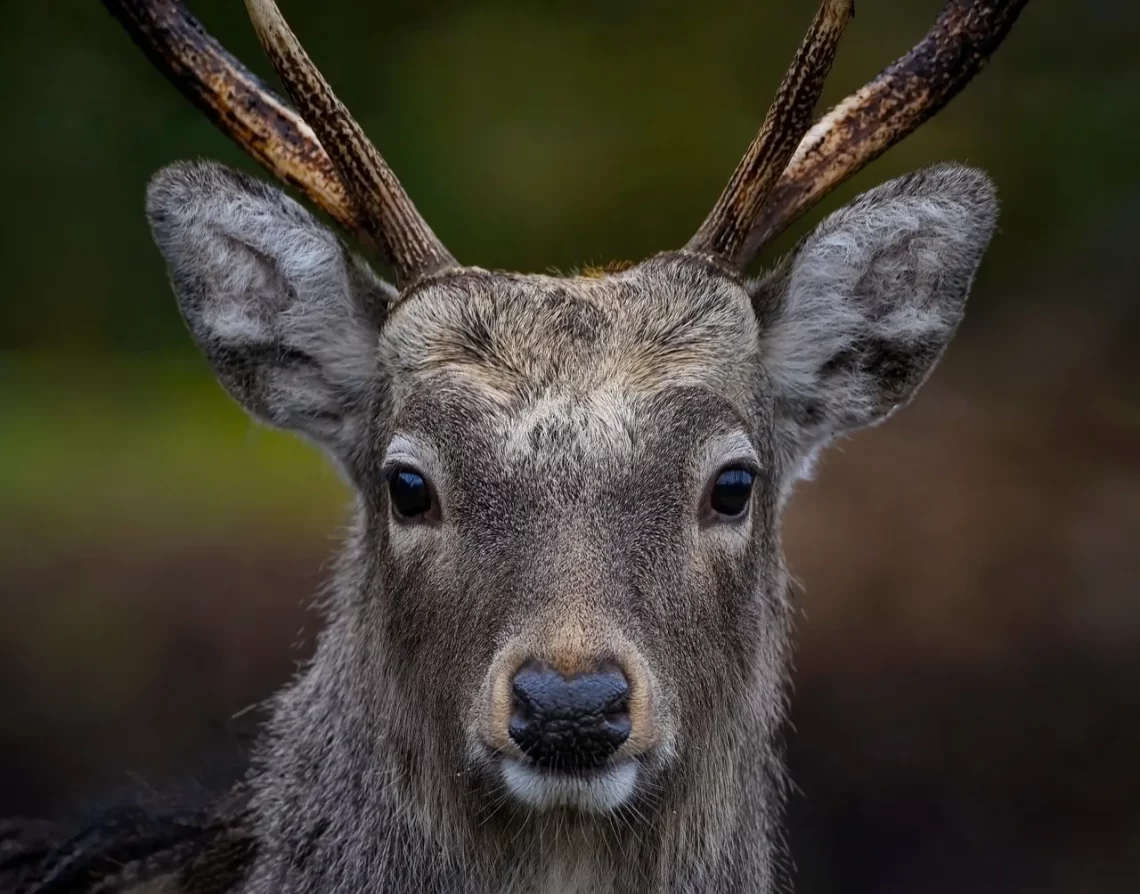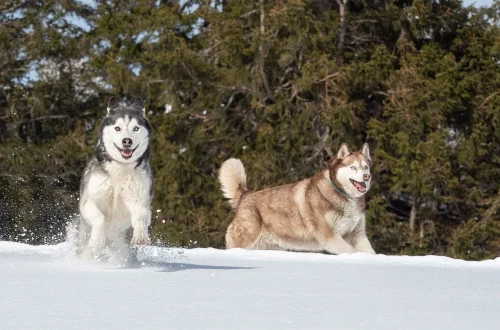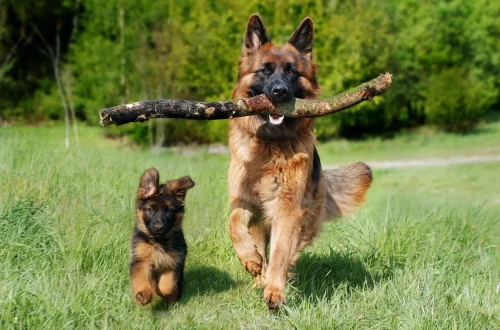
Do Deer Eat Mushrooms? Exploring Their Diet and Preferences
Deer are fascinating creatures that inhabit a variety of ecosystems across the globe. Known primarily for their graceful movements and keen senses, these herbivorous mammals have diets that vary significantly depending on their habitat, seasonal changes, and available food sources. While many people associate deer with munching on grass, leaves, and twigs, the question arises: do they also consume mushrooms? The answer is not as straightforward as one might think.
Understanding the dietary preferences of deer requires a closer examination of their foraging behavior and nutritional needs. Deer are ruminants, meaning they have a specialized digestive system that allows them to break down fibrous plant material efficiently. This unique adaptation enables them to thrive on a wide range of vegetation, but their inclinations can vary based on several factors. For instance, the availability of food, competition with other herbivores, and even the time of year can influence what deer choose to eat.
Fungi, including mushrooms, can be found in many environments where deer roam. However, the consumption of mushrooms by deer is influenced by both the species of the mushroom and the specific needs of the deer at any given time. As we delve deeper into the subject, we’ll explore the dietary habits of deer, their interactions with mushrooms, and the broader implications for their ecosystem.
Understanding Deer Diets
Deer are primarily herbivores, which means their diet consists mainly of plant materials. They are selective feeders, meaning they choose specific types of plants based on their nutrient content, availability, and palatability. This selectiveness is particularly evident in the way they forage throughout the seasons.
During spring and summer, when new growth is abundant, deer gravitate towards tender shoots, leaves, and fruits. This period is crucial for their growth and reproduction, as they require ample nutrients to sustain themselves and their offspring. The lush greenery of these seasons provides the carbohydrates and proteins essential for their health.
As autumn approaches, deer begin to shift their dietary preferences. They start to consume more acorns, nuts, and other hard mast, preparing for the winter months when food becomes scarcer. In winter, their diet becomes limited, often consisting of bark, twigs, and any remaining dried vegetation. During these harsher conditions, deer are known to adapt and even consume less palatable food sources.
The varied diet of deer also reflects their adaptability. In areas where traditional food sources are scarce, they may explore other options, including mushrooms. This adaptability is crucial for their survival, allowing them to thrive in a range of environments, from dense forests to open fields.
The Role of Mushrooms in the Deer Diet
Mushrooms occupy a unique niche in the diets of many herbivores, including deer. While mushrooms are not a primary food source for deer, they can play an essential role in their overall nutrition. The consumption of mushrooms may vary greatly depending on their availability and the specific dietary needs of the deer.
Certain species of mushrooms are rich in nutrients, offering vitamins and minerals that can supplement a deer’s diet. For instance, mushrooms contain various B vitamins, antioxidants, and even some proteins, which can be beneficial, especially during periods of nutritional stress. However, not all mushrooms are safe for deer to consume. Some varieties can be toxic, and deer instinctively avoid these harmful species.
Research indicates that deer are more likely to consume mushrooms during late summer and early autumn when fungi are in abundance due to favorable weather conditions. During these times, deer may incorporate mushrooms into their diet, particularly when other food sources are limited or when they are seeking additional nutrients to prepare for the breeding season or winter months.
Interestingly, the preference for mushrooms can also be influenced by the individual animal. Just like humans, deer can have different tastes and preferences. Some may be more adventurous and willing to try mushrooms, while others may be more cautious and stick to familiar food sources.
Overall, while mushrooms are not a staple food for deer, they can complement their diet, especially when other options are scarce. Understanding the role of mushrooms in the deer diet highlights the complexity of their feeding habits and the importance of biodiversity within their ecosystems.
Environmental Factors Influencing Deer Feeding Habits
The feeding habits of deer are influenced by a myriad of environmental factors. These include seasonal changes, habitat type, and competition with other animals. Each of these elements plays a significant role in determining what deer eat and when they eat it.
Seasonal changes are perhaps the most significant factor affecting deer diets. In spring, the fresh growth of plants provides abundant food options, which are crucial for lactating females and growing fawns. As summer progresses, the availability of fruits and nuts can draw deer into new areas. Conversely, as winter sets in, food becomes more limited. Deer must adapt their feeding strategies accordingly, often venturing into areas they might avoid during more plentiful times.
The type of habitat also significantly influences deer feeding behavior. In dense forests, deer may have access to a variety of plants, but they may also face competition from other herbivores. In contrast, in more open areas, they might find fewer competitors, allowing them to exploit different food sources, including mushrooms.
Competition with other species can also dictate dietary choices. If food is scarce, deer may be forced to adapt and include less preferable options in their diet. For instance, if other herbivores consume the more palatable plants, deer might turn to mushrooms and other less favored food sources to meet their nutritional needs.
Furthermore, the presence of predators can influence deer behavior and feeding habits. Deer may choose feeding areas based on their safety, which can sometimes lead them to less favorable foraging grounds. In these instances, they may resort to eating mushrooms or other less common food sources to stay nourished.
Understanding these environmental influences is crucial for wildlife management and conservation efforts. By recognizing how external factors shape deer diets, we can better appreciate the delicate balance within ecosystems and the role that deer play in their environments.
Implications for Ecosystem Health
The dietary habits of deer, including their interactions with mushrooms, have broader implications for ecosystem health. As herbivores, deer play a vital role in shaping plant communities and influencing nutrient cycling. Their feeding behaviors can affect plant diversity, which in turn impacts other wildlife species that depend on those plants for food and habitat.
When deer consume mushrooms, they contribute to the dispersal of fungal spores. This interaction can facilitate the growth of fungi in new areas, promoting biodiversity within the forest ecosystem. Fungi are essential for nutrient cycling, breaking down organic matter, and forming symbiotic relationships with plants. Thus, the presence of deer in an ecosystem can enhance the overall health and resilience of that environment.
However, overpopulation of deer can lead to negative consequences. High deer densities can lead to overgrazing, which may result in diminished plant diversity and health. This degradation can have cascading effects throughout the ecosystem, reducing habitat quality for other species and altering the overall dynamics of the environment.
Furthermore, the selective feeding habits of deer can influence the composition of plant communities. If deer preferentially consume certain species, it can allow less palatable or invasive plants to thrive, ultimately altering the landscape.
In conclusion, the relationship between deer and mushrooms, while seemingly simple, underscores the intricate connections within ecosystems. By understanding these dynamics, we can foster healthier environments that benefit not only deer but the myriad of species that share their habitats.
**Disclaimer:** This article is for informational purposes only and does not constitute medical advice. If you have health concerns or questions, please consult a healthcare professional.




